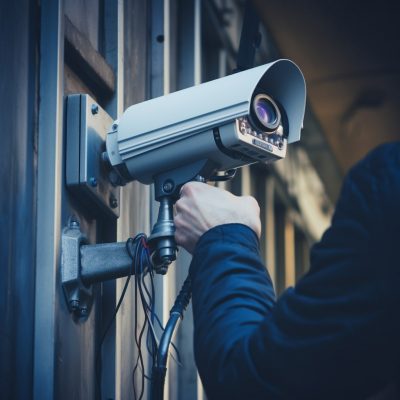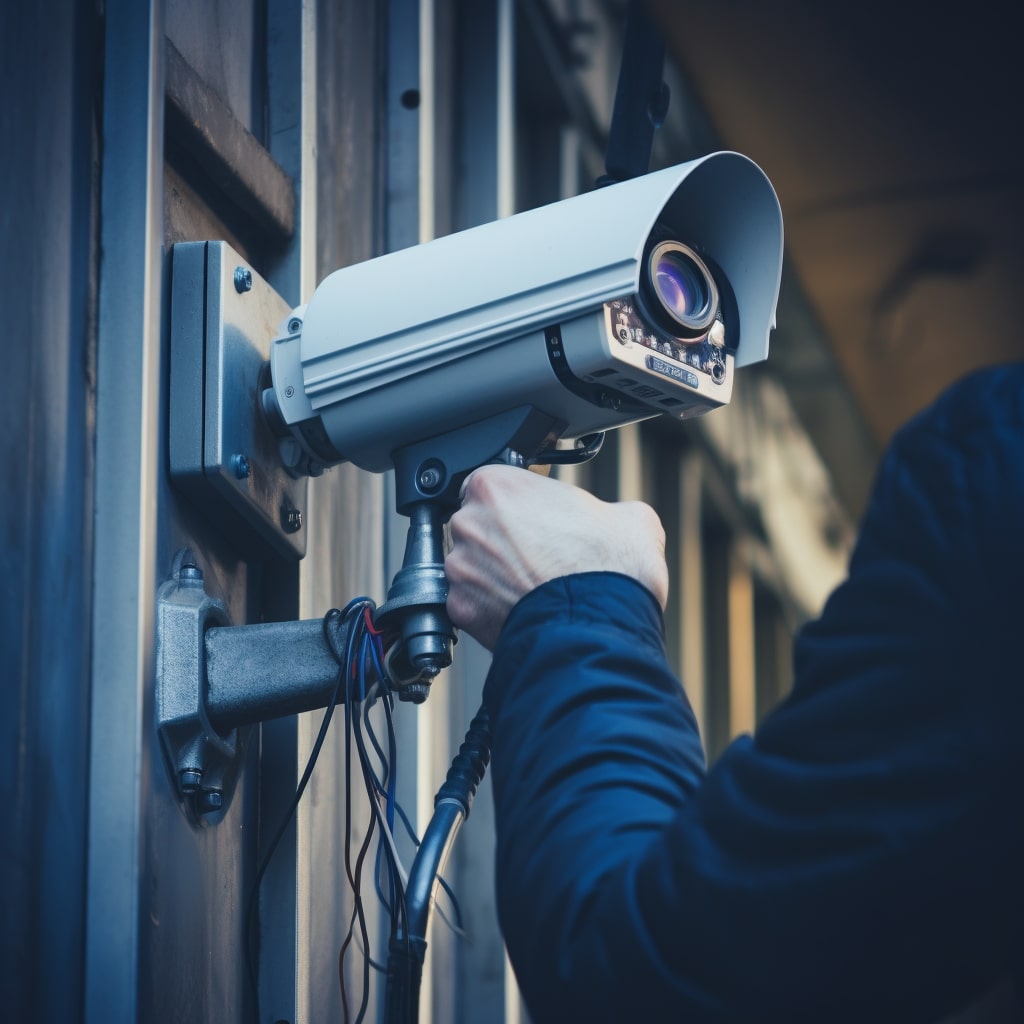Table of Contents
When considering new security technology, choosing the right CCTV connectors is crucial for ensuring a robust and reliable security system. This guide delves into 11 different CCTV connector types, covering both wired and wireless options.

What are CCTV connectors?
CCTV connectors are interfaces that link cameras to monitors, recording equipment, and networks. They play a vital role in transmitting video, and sometimes power and audio, within a security system. While not always physical, CCTV connectors are common security cables.
Wired connectors are known for their reliability and high-quality video transmission, which are vital in security. They provide a steady connection but can be complex to install. Wireless connectors offer installation flexibility and are ideal where wiring is impractical. However, they may face signal interference and typically need a separate power source.
11 Types of CCTV connectors you should consider
There are various connectors for different technical and environmental requirements. We categorize them into physical and wireless for clarity.
Nine types of physical CCTV connectors:
- BNC connectors
- CVBS
- Fiber optic connectors
- HDMI connectors
- PoE
- RCA connectors
- S-Video connectors
- TVI
- USB connectors
Two types of wireless CCTV connectors:
- Radio
- WiFi
1. BNC connectors
BNC connectors are the standard for analog CCTV systems. Introduced in the 1950s, they are somewhat obsolete but still widely used. BNC offers reliable SD connections and requires a separate power cable.
CVBS stands for composite video baseband signal. It’s an older technology, primarily used with analog cameras and is considered somewhat obsolete. CVBS handles SD video and also needs a separate power source.
3. Fiber optic connectors
Fiber optic connectors are modern and used for long-distance, high-speed data transmission. Ideal for both analog and IP cameras, they support high-definition video and are increasingly popular in sophisticated security setups.
4. HDMI connectors
HDMI connectors are modern and commonly used for HD and 4K video. They are perfect for connecting DVRs to monitors and are a standard in high-definition security systems.
Power over Ethernet (PoE) is a modern technology that allows IP cameras to receive both power and data over a single cable, simplifying installation and reducing cable clutter.
6. RCA connectors
RCA connectors are considered somewhat obsolete and are often used for audio and lower-quality video connections in older security systems.
7. S-Video connectors
S-Video connectors, introduced in the 1970s, are considered obsolete. They were used for higher-quality video than CVBS but have largely been replaced by more advanced technologies.
Transport video interface (TVI) is a modern technology allowing HD video transmission over traditional coaxial cables. It’s used in upgrading older analog systems to HD without completely overhauling the cabling.
9. USB Connectors
USB connectors are modern and less common in traditional setups. They are used for smaller, portable cameras or for direct connections to computers. It’s rare to see USB security cameras in business environments.
10. Radio
Radio connectors are wireless and used in specific scenarios where wiring is impossible. They are less reliable than wired connections and often need an external power source. Radio was more common with older wireless analog cameras and is rarely used today.
11. WiFI
WiFi connectors offer a modern wireless solution for IP cameras, providing flexibility in installation. They are subject to interference and also require a separate power source.
Use Solink to connect your CCTV to the cloud
The right CCTV connectors are essential for a successful security system. Combining these connectors with Solink’s cloud-based security solutions enhances security, offering advanced monitoring capabilities and valuable insights. Connect your CCTV with Solink for a comprehensive, intelligent security solution that combines physical robustness with cloud-based flexibility.
To see how Solink can connect your CCTV system to cloud-enabled tools, sign up for a demo today.

